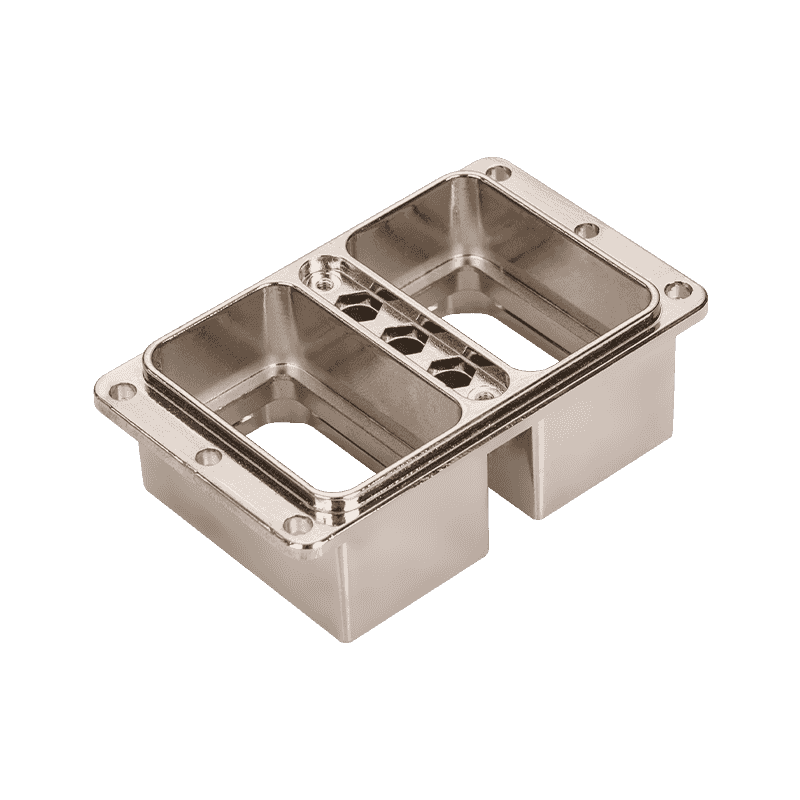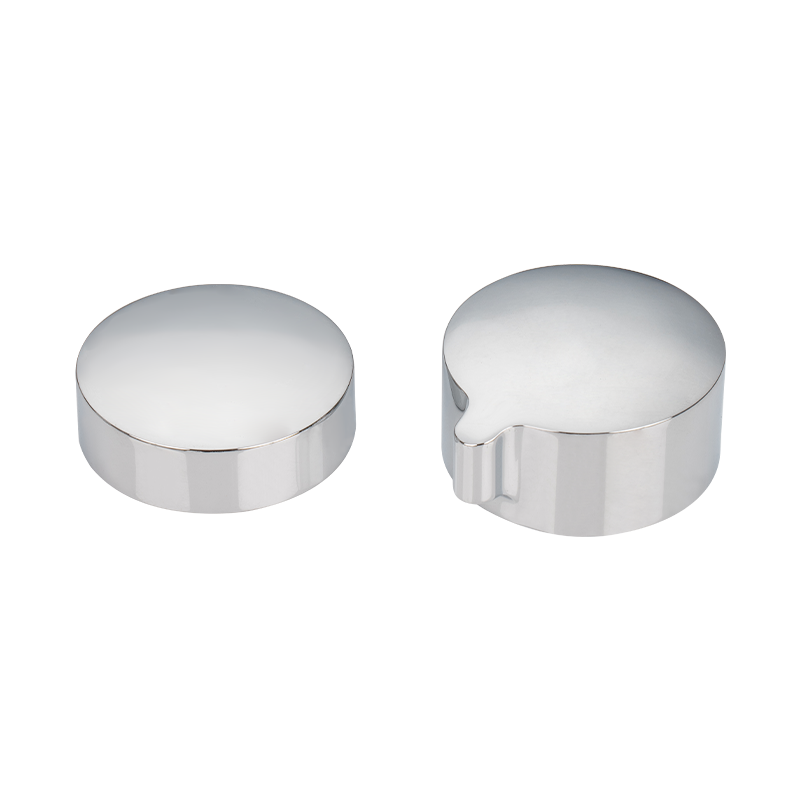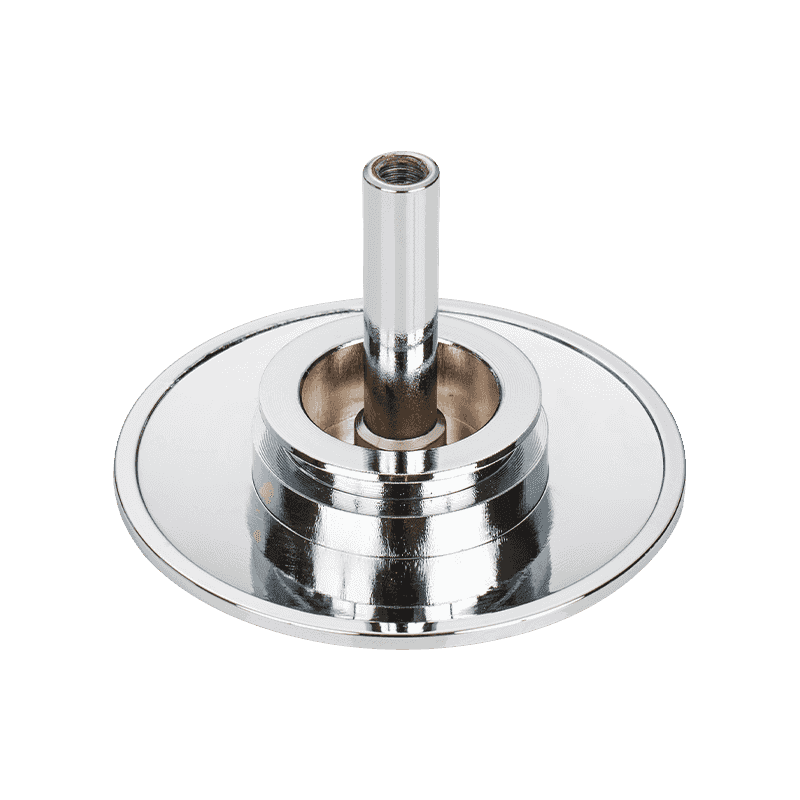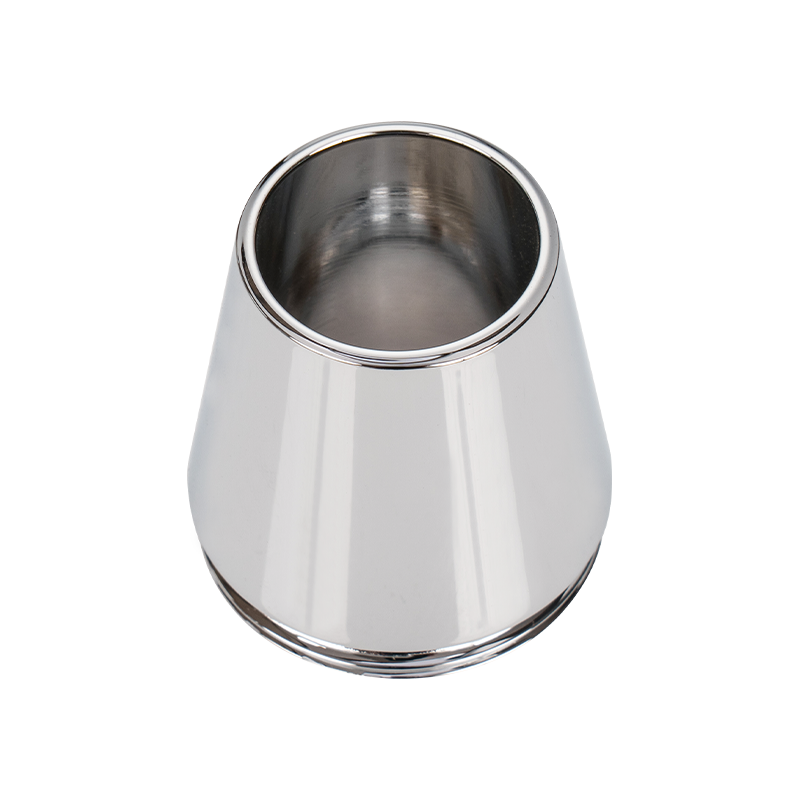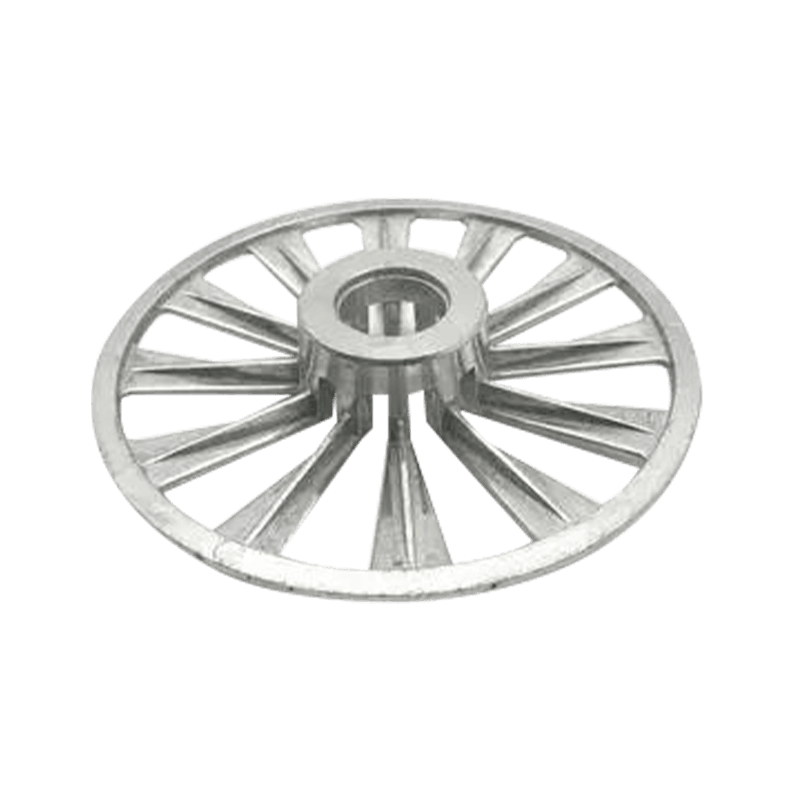Are electric vehicle die casting accessories prone to damage or wear during long-term use?
06-05-2025Electric vehicles often face various extreme conditions during driving, such as high-speed movement, uneven road surface, weather changes, and long-term use, all of which may affect the performance and life of die-casting accessories. Therefore, whether the electric vehicle die casting accessories are easily damaged or worn directly affects the overall durability and reliability of electric vehicles.
electric vehicle die casting accessories usually need to withstand stress from different directions. For example, during the driving of electric vehicles, the chassis and body need to withstand vibration and impact from the road surface, especially on uneven roads. These impact forces can easily cause fatigue damage to die-casting accessories, and long-term accumulation may cause cracks or deformation on the surface of the accessories. Especially some die-casting accessories exposed to the outside are more susceptible to the external environment. For example, when driving in rain or snow, moisture and impurities can easily enter the tiny gaps of the accessories, causing corrosion or wear.
The material selection of die-casting accessories for electric vehicles directly affects their wear resistance and damage resistance. If the alloy material used does not have sufficient hardness and wear resistance, the die-casting accessories are prone to wear during use. For example, if the material of the transmission system, suspension system and other key components of electric vehicles does not meet the requirements, the wear phenomenon will become more serious as the friction increases, resulting in a shortened life of the accessories. In addition, if some electric vehicle die-casting accessories are not adequately heat treated or surface treated during the production process, the wear resistance of the accessories may be insufficient, and they are prone to deformation or damage after long-term use.
The battery pack of an electric vehicle generates a lot of heat when it is working, and the electric vehicle die casting accessories are closely connected to the battery system. In a high temperature environment, the material of the die-casting accessories may be affected by thermal stress, and long-term high-temperature operation may cause metal fatigue, or even cracks or fractures. In particular, some die-castings with thin-walled structures are more likely to be damaged in high temperatures or repeated thermal cycles. In addition, temperature differences will also affect the performance of die-casting accessories, and thermal expansion and contraction may cause fatigue damage to accessories.
During the use of electric vehicles, as the mileage increases, accessories will gradually face aging problems. In particular, die-casting accessories connected to the electrical system or electronic control system may be affected by current, temperature changes and external environment for a long time, and may experience aging, corrosion and other problems. Such problems will not only lead to a decline in the performance of electric vehicles, but may also affect safety and even cause electrical system failures.
Although electric vehicle die-casting parts face certain risks of damage and wear in long-term use, reasonable design and material selection can effectively mitigate these problems. For example, the use of alloy materials with high strength, wear resistance and corrosion resistance can increase the service life of die-casting parts. In addition, regular maintenance and inspection are also effective ways to extend the service life of accessories. By regularly inspecting the key components of electric vehicles and promptly discovering and dealing with wear or damage problems, you can ensure that electric vehicles can operate efficiently and safely for a long time.
Are You Interested In Our Products
Leave your name and email address to get our prices and details immediately.

 English
English 中文简体
中文简体 Deutsch
Deutsch русский
русский





